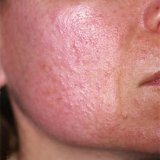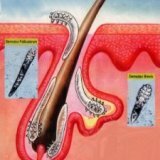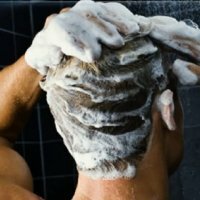Antifungal drugs for children - an overview of the means

Antimycotic drugs are a group of drugs that are used to treat fungal diseases.Most of them are highly toxic, therefore in pediatric practice, only some of the known drugs are used and strictly according to the doctor's prescription.
Table of contents: Child age and fungal diseases Types of antifungal agents Antifungal agents for topical application in pediatrics Antifungal systemic drugs Contraindications to prescription of antimycotic drugs for childrenChildhood and fungal diseases
In general, medicine knows several hundred fungal diseases, butSpecifically in pediatric practice, there are only a few of them. Doctors identified the most frequently diagnosed fungal diseases in childhood:
- candidiasis( thrush);
- microsporia;
- Histoplasmosis;
- dermatophytosis;
- cryptococcosis;
- pityriasis lichen;
- onychomycosis;
- blastomycosis;
- keratitis of fungal etiology;
- aspergillosis;
- visceral leishmaniasis;
- Trichophytosis.
Types of antifungal agents
In medicine, a strict classification of antimycotic drugs has been adopted. First, they can differ in their origin:
- synthetic - allylamines and azoles;
- natural - polyene;
- others are cycloadrirox, potassium iodide.
Secondly, antimycotic drugs are classified according to the method of application:
- local - for example, miconazole;
- systemic - for example, itraconazole.
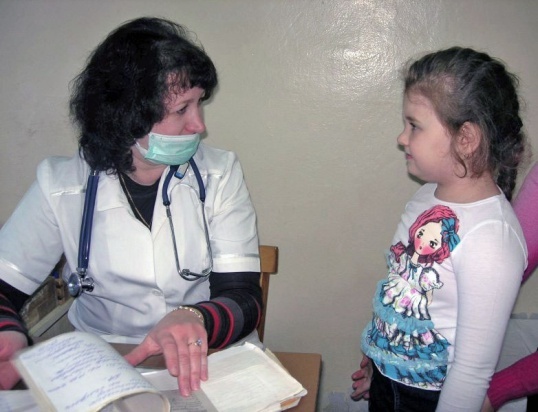
The choice of specific antifungal agents in the treatment of a child is carried out only by a physician - it will take into account not only the age and weight of the child, but also existing physical diseases, the general condition of the immune system, neglect of the diagnosed fungal disease and its appearance.
Antifungal agents for topical use in pediatrics
This group of preparations includes ointments, creams, gels, aerosols, vaginal tablets, shampoos, lotions, nail polishes, powder and emulsions.All local antifungal agents are derivatives of imidazole, triazole and allylamine.These substances destroy the cytoplasmic membrane of the fungal cell, which automatically leads to a violation of its structure and functionality.
The most effective antifungal medicines are topical in the treatment of varicolored lichen, dermatophytosis of the skin and candidiasis.With fungal disease of the esophagus or oral cavity( candidiasis stomatitis), clotrimazole can be used in the form of a pastille or tablets - in this case, local effects on fungal cells will also be provided.
If a fungus of the eye or candidiasis is to be treated( different locations), the doctor can prescribe a nystatin suspension.
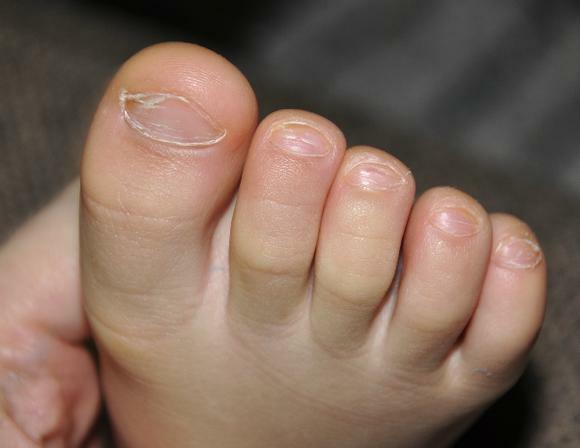 In case of fungal infection of the nail plates, the medicines in question are used extremely rarely - this is due to the fact that the active substances penetrate very poorly into the thickness of the nail.The only effective means of topical application - nail polish, which not only fatal effects on fungal colonies, but also cover the nail plate with a protective film that prevents the penetration of oxygen to the fungal cells and they die.
In case of fungal infection of the nail plates, the medicines in question are used extremely rarely - this is due to the fact that the active substances penetrate very poorly into the thickness of the nail.The only effective means of topical application - nail polish, which not only fatal effects on fungal colonies, but also cover the nail plate with a protective film that prevents the penetration of oxygen to the fungal cells and they die.
Antimycotic varnish for nails include dementen, mycosan, belvedere, batrafen and others.You should know that to get the effect before applying this drug, the nail plate should be thoroughly cleaned and ground.
It is recommended to read:Antifungal agents of systemic species
Most often, systemic antimycotic drugs are used in pediatric practice if the fungal disease is triggered, is widespread.Since systemic preparations with an antifungal action are taken orally( inside), there is always a chance of developing severe side effects - these drugs are very toxic.
Recommended to read:Please note: should be selected by the attending physician to select specific drugs and prescribe dosage for a child with a diagnosed fungal disease.
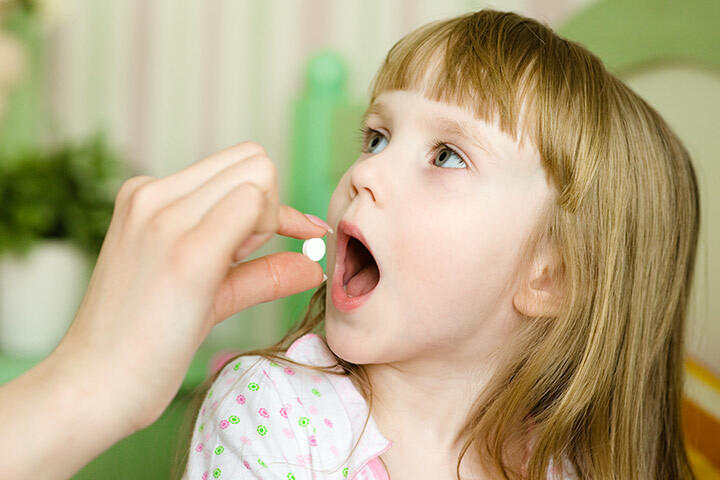 If a doctor prescribes a systemic antimycotic drug and the child uses drugs that reduce the secretory activity of the stomach, the absorption of such a drug will worsen, and so the effect of treatment will manifest slower.
If a doctor prescribes a systemic antimycotic drug and the child uses drugs that reduce the secretory activity of the stomach, the absorption of such a drug will worsen, and so the effect of treatment will manifest slower.
The most commonly used systemic antimycotic drugs in childhood are ketoconazole, flucytosine, griseofulvin and ampholytic - each of these drugs can be used in monotherapy or combined with other antifungal medicines.
Contraindications to prescription of antimycotic drugs for children
 Doctors are well aware that preparations from the group of polyenes can cause a powerful allergic reaction.Therefore, if the child had a similar side effect on any one drug from this group, the other is no longer prescribed.Yes, there are exceptions, but specialists take such risk only if other medications do not give the desired effect.
Doctors are well aware that preparations from the group of polyenes can cause a powerful allergic reaction.Therefore, if the child had a similar side effect on any one drug from this group, the other is no longer prescribed.Yes, there are exceptions, but specialists take such risk only if other medications do not give the desired effect.
Amphotericin B is also used very rarely in pediatric practice, many doctors prefer to do without it at all - the level of toxicity of the drug is very high.The only time when the appointment of amphotericin B is justified is the real danger to the life of the child.
It is not possible to prescribe antifungal systemic medicines for patients with diagnosed chronic kidney and liver disease, impaired absorption of lactase by the intestine.
Certain antifungal agents have limitations on the age-related use.For example, the agents of the allylamine series are contraindicated for children under 12 years of age, terbizil in tablet form can not be administered to children under 2 years of age, but this same drug for local therapy is quite acceptable for use in younger children.
The use of antimycotic medicines in pediatric practice should be carried out only under the supervision of a specialist. In no case can one select the means from the fungus to their children in an independent mode - this can lead to the accumulation of toxic substances in the body, which will result in problems in the functioning of the liver, kidneys, pancreas and other systems.
Tsygankova Yana Aleksandrovna, medical reviewer, therapist of the highest qualification category

